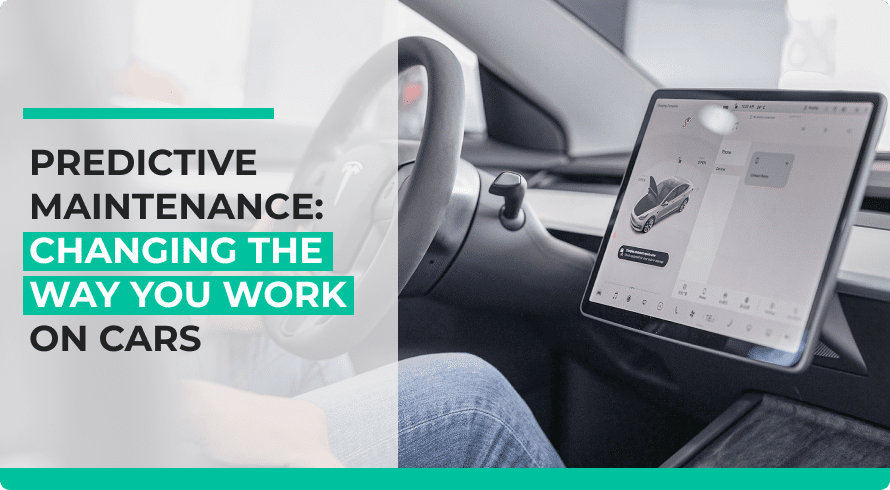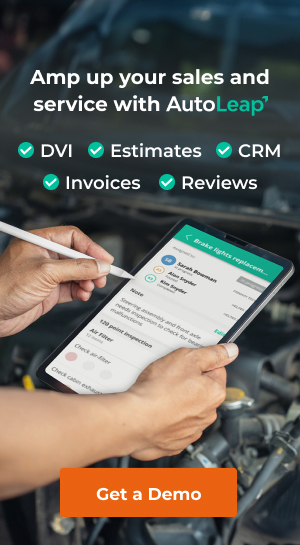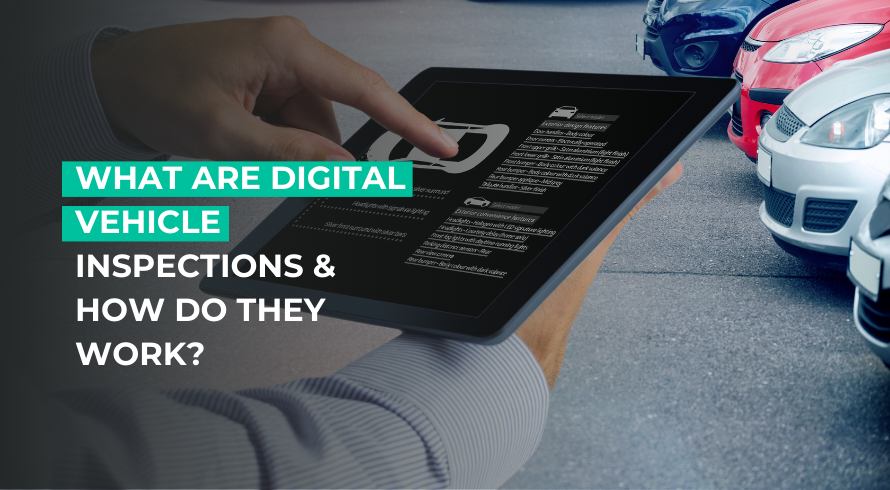Imagine a future in which very few cars arrive at your shop via a tow truck because owners address all problems beforehand. This can be made possible only if vehicle owners conduct preventive maintenance.
Several auto manufacturers like Tesla and BMW have taken it a step further by using various data points in their vehicles to remotely monitor their condition in a process called predictive maintenance (PdM). Doing so ensures that their cars remain reliable for longer, and customers get repairs that would otherwise go neglected. This increases auto repair shops’ demand for OEM parts too.
What is PdM?
The concept of PdM stems from the Industrial Internet of Things (IIoT), which allows vehicle manufacturers to constantly monitor the status of their assembly equipment in real-time and make repairs before a mechanical failure causes unexpected downtime.
Many modern cars are already connected to the internet through built-in hotspots. In addition to its use by the occupants for information and entertainment purposes, this connectivity allows the vehicle to communicate its condition to the manufacturer.
The computer system monitoring all of these sensors can predict when a component is about to fail and notify drivers to book an appointment with a repair shop. This information comes from part failures in other vehicles that it monitors, using artificial intelligence and machine learning algorithms.

Using this data, operational abnormalities can be identified before a part or system reaches the point of failure, allowing for timely replacements and repairs. These sensors improve the accuracy of services like oil change intervals since the data is based on actual duty cycles and climatic conditions.
How is PdM used?
Here’s how car companies use PdM:
- Sensors in modern cars are connected to the cloud via the internet, where a computer monitors each vehicle’s data.
- If any fault is detected, the driver receives this warning on their vehicle’s dashboard and the car manufacturer’s phone app.
- Drivers then contact your shop to book an appointment that syncs up with auto repair scheduling software.
- Repair shops verify whether the part is in stock and order it if necessary so that it’s on hand before the customer arrives, allowing for a speedy replacement.
In turn, customers are appreciative of the quick turnaround and give you a five-star review online. What more could you ask for?
Why is PdM important for auto repair shops?
There are multiple ways PdM can help auto repair shops:
- Greater peace of mind: Predictive maintenance lets your repair shop take a more precise and proactive approach to vehicle maintenance. Knowing what’s about to fail and fixing only those parts makes life much easier—for both you and your customers!
- Lesser back and forth: Car owners benefit from a vehicle that rarely needs to spend a long time at the mechanic shop. Shop owners benefit from simpler repairs that you get advance notice of without crowding service bays with multi-system breakdowns that annoy customers because they’re expensive and time-consuming to fix.
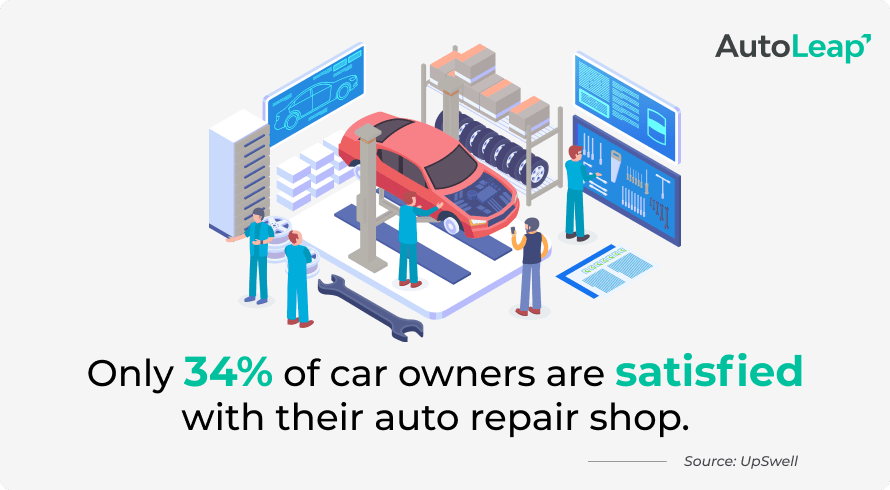
DVI can be game-changing for your auto repair business. It helps you build customer trust and save time to work on multiple cars in a day.
When will PdM become widespread?
PdM will be integrated into many cars driving into your shop in a few years, however no one exactly when this technology will become commonplace
In fact, vehicles from Tesla already have PdM features and they can even order parts ahead of the service. There are certain PdM integrations in vehicles already coming into your shop. These are summarized below:
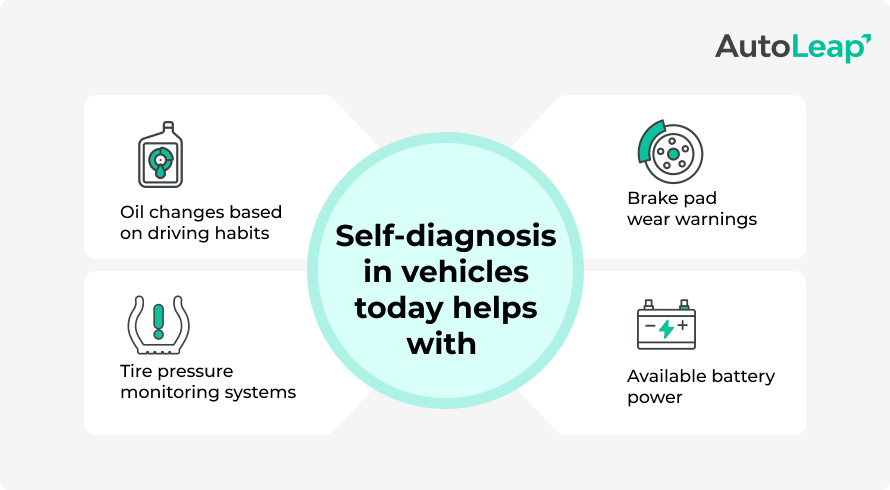
What’s keeping independent repair shops from adopting PdM?
As usual, it all comes down to having access to the data—and vehicle manufacturers are standing in the way. This is one more aspect of the wrangling over right-to-repair. Vehicle manufacturers control the data shared by these vehicles, which means auto repair shops cannot use it.
Fortunately, help may be on the way. As of the first week of February 2022, US lawmakers are introducing legislation that would make “right-to-repair” the law of the land. It would give independent auto repair shops the same access to repair, diagnostic equipment, and maintenance tools that dealerships have. This could finally level the playing field!

